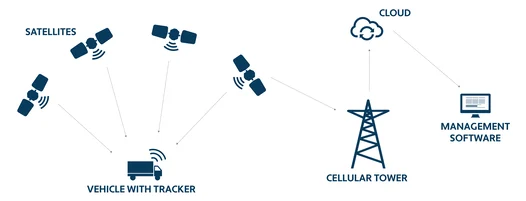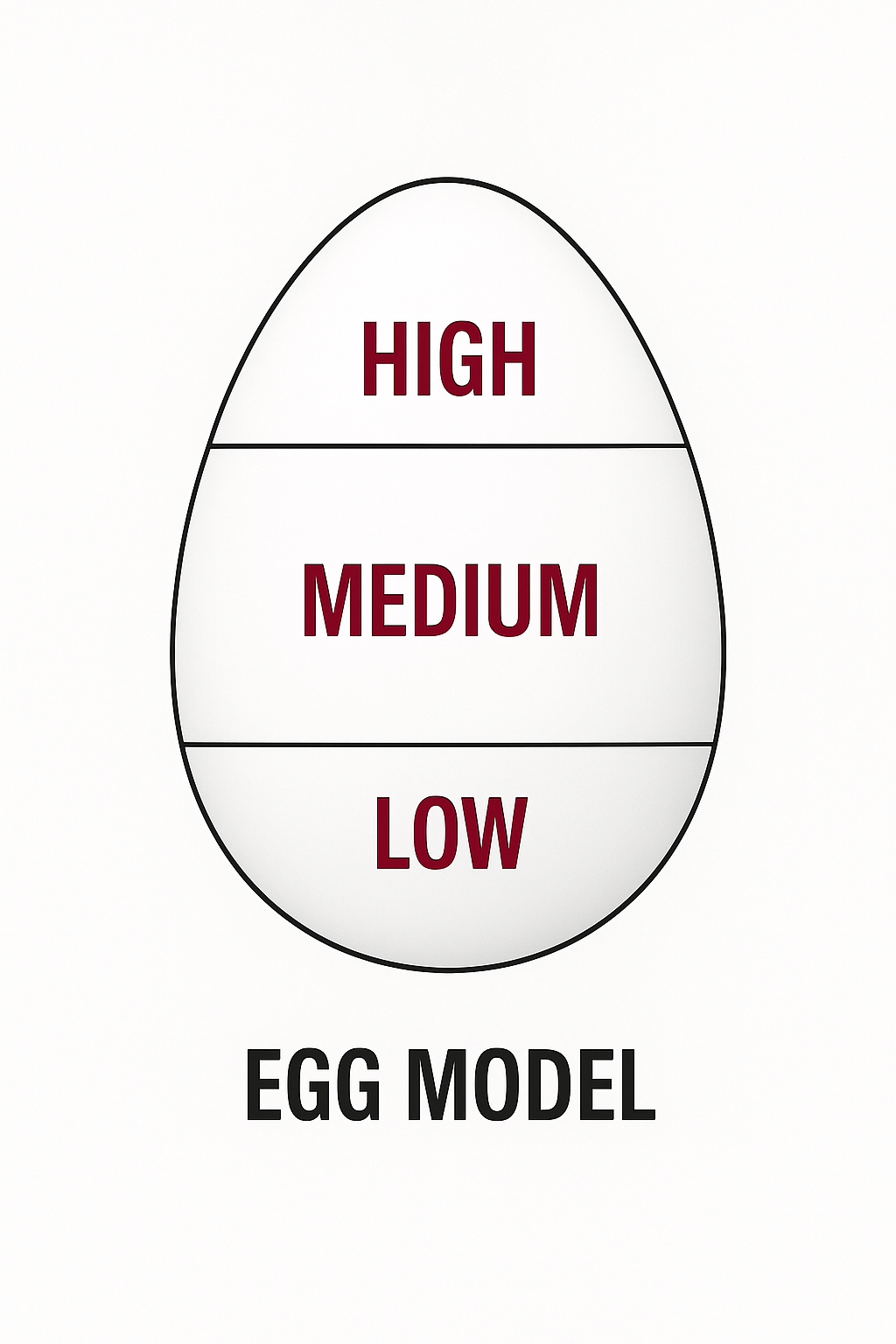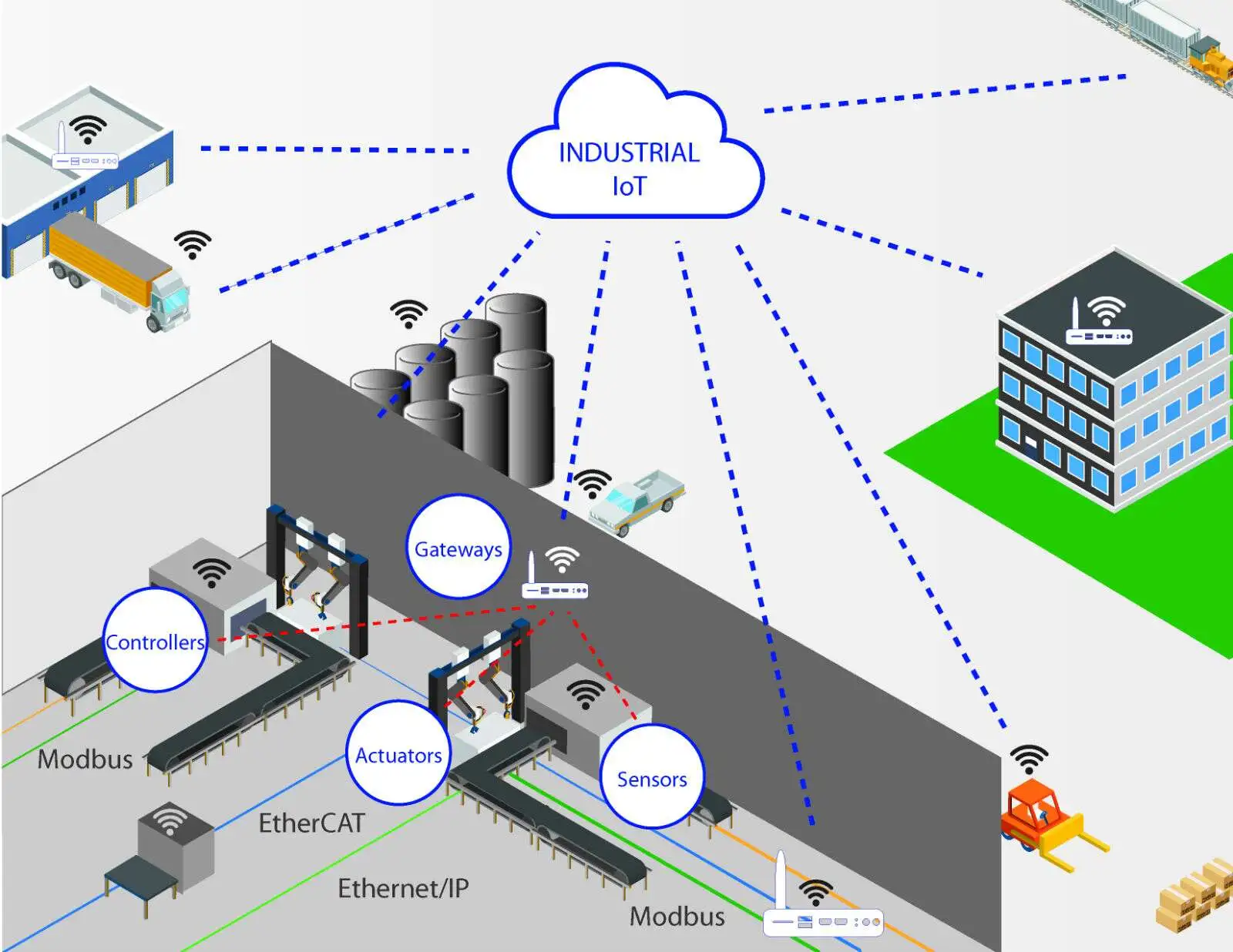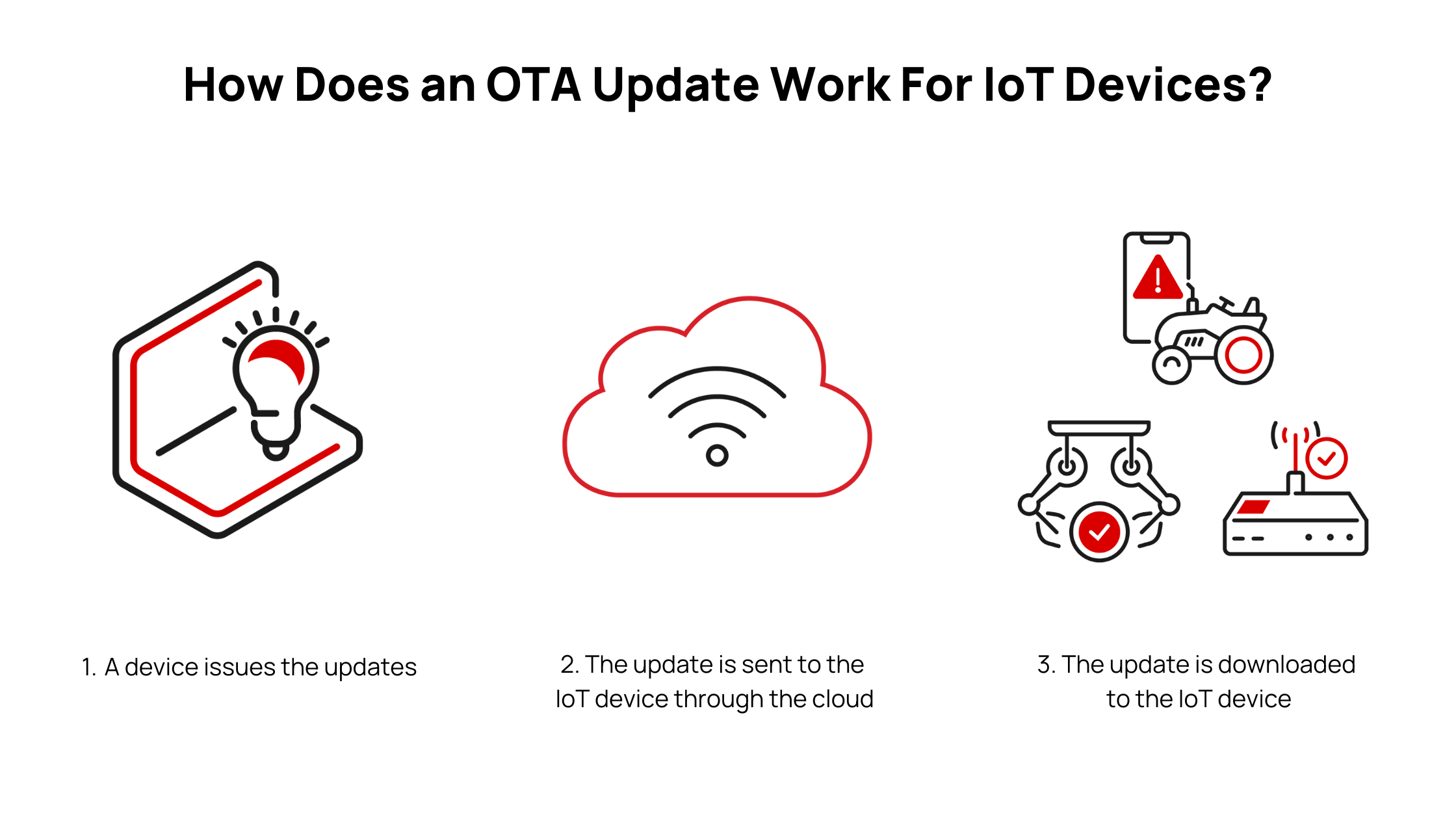Overview
An asset tracking system aims to improve workflows, reduce inventory loss, and introduce process optimizations to increase overall operational efficiency and productivity. In any asset tracking system, real-time location information for fixed or mobile assets is sent to the cloud through secure communication channels via gateways or routers. This article describes key considerations for implementing an accurate, low-cost asset tracking solution that fits your industry requirements. It is presented in two parts: the first outlines IoT-based asset tracking solutions, the system architecture, key system components, and cost drivers. The second article provides detailed protocol comparisons and common industry use cases.
Benefits of IoT-Based Asset Tracking
Unlike legacy passive tracking systems, IoT-based asset tracking provides an intelligent and efficient approach. IoT sensors enable remote monitoring of asset-specific parameters without manual intervention. These IoT sensors can be attached to assets alongside traditional identifiers such as QR codes, RFID tags, or barcodes. Multiple IoT solutions and use cases are possible depending on industry needs and the relative importance of asset cost within the overall solution. Passive, low-cost solutions are simple and easy to implement, while higher-cost, feature-rich IoT solutions are increasingly adopted across industries.
Key advantages of IoT-enabled asset tracking include:
- Automated tracking workflows
- Real-time information
- Real-time inventory management
- Environmental and usage data
- Automated alerts and notifications
- Accurate device location
- Regulatory compliance support
- Faster asset audits
Key Components of an Asset Tracking Solution
There are five primary components that cover an end-to-end solution: tags, readers/hubs, gateways, cloud, and mobile applications. Selecting each component according to industry requirements differentiates one solution from another.
Tags
Tags are the primary asset identifiers. They support wireless communication protocols to exchange information with readers. Tags can be RF ID, barcodes, Zigbee, Z-Wave, Thread, BLE, or Bluetooth 5.1 with support for angle of arrival (AoA) and angle of departure (AoD), and may be active or passive.
Readers / Hubs
Readers detect tags within a specific area and forward the data to a gateway or act as aggregators that send area data to the cloud. Some readers can send tag data directly to the cloud without a gateway. Reader types include passive readers, passive-reader active-tag (PRAT), active-reader passive-tag (ARPT), and active-reader active-tag (ARAT).
Intelligent Gateways
Gateways are central to the system. They must be capable of maintaining secure connections to the IoT cloud and sending tag data in real time, storing tag state when internet connectivity is unavailable, analyzing tag data, and operating intelligently to conserve battery life. In many use cases, gateways add significant value through local compute capabilities. Gateways should support one or more operating systems such as VxWorks, AWS FreeRTOS, Zephyr, uC/OS, and Linux to enable application development.
IoT Cloud
The IoT cloud is the primary interface for accessing real-time inventory status. The cloud should support business analytics, potentially using AI and ML, and present structured data. Multiple cloud services may be used for data analytics, real-time monitoring, and gateway management. The cloud must support common protocols for device communication such as HTTPS, MQTT, and CoAP.
Connected Mobile Applications
Mobile applications are an important component depending on the solution or use case. They can provide navigation guidance, data display, quick asset details, and notifications or alerts for critical events.
Main Cost Drivers: Tag Count and Infrastructure
Designing an optimal asset tracking solution is challenging and depends on the type of assets to track and the level of functionality desired. Two main cost drivers are the number of tags and the infrastructure setup cost. More complex tags cost more but typically require less expensive infrastructure. Conversely, simple low-cost tags often require more complex and costly infrastructure.
 ALLPCB
ALLPCB








